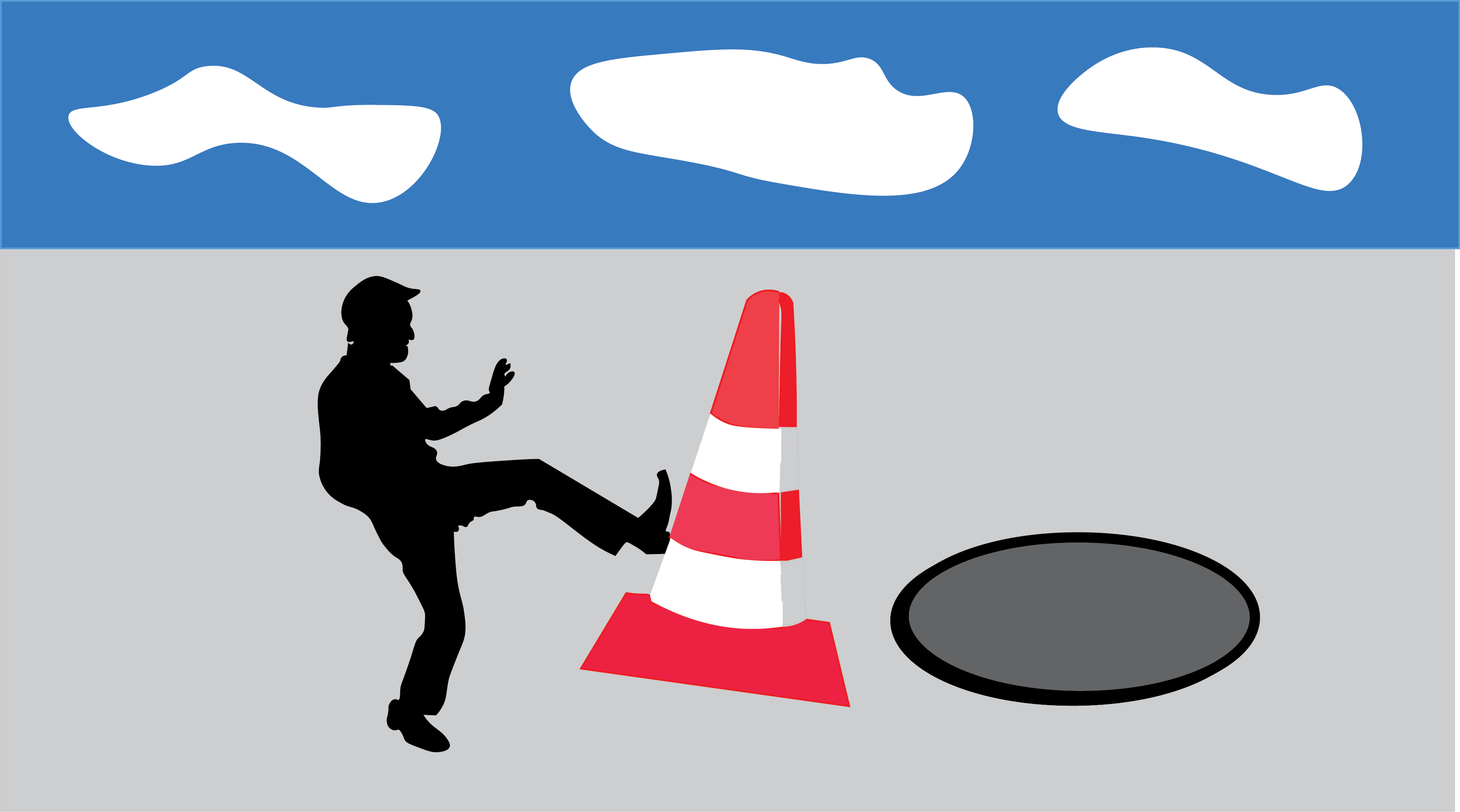
Images Ying Ying Lee, text Genevieve Carbonatto
A 44 year old man presents with acute right upper quadrant pain. A point of care ultrasound is performed to exclude a biliary cause.
While scanning the patient in the supine position, stones are visible in the body of the GB which do not move when the patient is scanned erect.
A string of pearls of tiny stones are visible casting an acoustic shadow at the posterior wall of the GB. The fundus of the gallbladder is thickened and there are tiny little echogenic foci within the thickened wall.

With colour Doppler, the tiny echogenic foci light up like a christmas tree.
These are comet tail or ring down artifacts caused by the stones. These stones are within the wall of the gallbladder. The string of pearls visible in the supine position, have not moved when the patient stands up. This is adenomyomatosis of the gallbladder.
Discussion
The first point to make is that not all GB wall thickening is due to cholecystitis. The second is that stones have clinical relevance in the patient presenting to the ED with pain only if they are in the neck of the GB or have passed into the cystic duct or CBD. GB wall thickening can be due a number of causes other than cholecystitis. Some common causes of GB wall thickening are physiological (postprandial), non inflammatory (adenomyomatosis,carcinoma of the GB, leukaemia, multiple myeloma), oedema of the GB wall (ascites, hypoalbuminaemia, heart failure, portal hypertension), adjacent inflammatory disease (viral hepatitis, alcoholic hepatitis, acute pancreatitis). (1)
What is adenomyomatosis?
Adenomyomatosis of the GB is a benign condition found in 9% of patients post cholecystectomy and usually found incidentally. It is characterised by
- GB wall thickening which is either generalised or diffuse, fundic or segmental (hour glass gallbladder)

Schematic representation of adenomyomatosis adapted from Sleisenger and Fordtran’s Gastrointestinal and liver disease 9th ed p 1146 – 1149
Example of hour glass GB

2. Hyperplasia of the wall with the formation of Rokitansky Aschoff sinuses (intramural diverticulae lined by mucosal epithelium). For the histological diagnosis of adenomyomatosis the Rokitansky – Aschoff sinuses need to be deep.

Sleisenger and Fordtran’s Gastrointestinal and liver disease 9th ed p 1146 – 1149
3. Precipitation of cholesterol crystals within the lumen of Rokintansky -Aschoff sinuses. These crystals can calcify.

4. These cholesterol crystals produce V shaped comet tail artifacts which can be seen in 2D US and and with Colour Doppler. With Colour Doppler you get a christmas tree effect from the artifact

Adenomyomatosis may occur in conjunction with cholecystitis as seen below (thickened GB wall, wall hyperaemia, sludge)

References
- Radiopaedia : Adenomyomatosis of the Gallbladder
- Sleisenger and Fordtran’s Gastrointestinal and liver disease 9th ed p 1146 – 1149
- Clinical ultrasound 3rd edition Allan, Baxter and Weston





